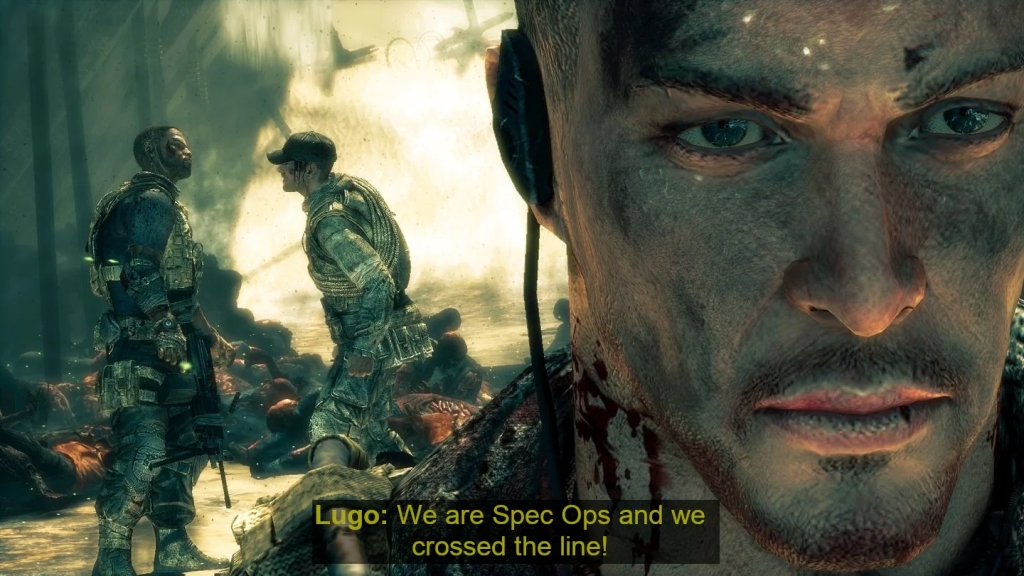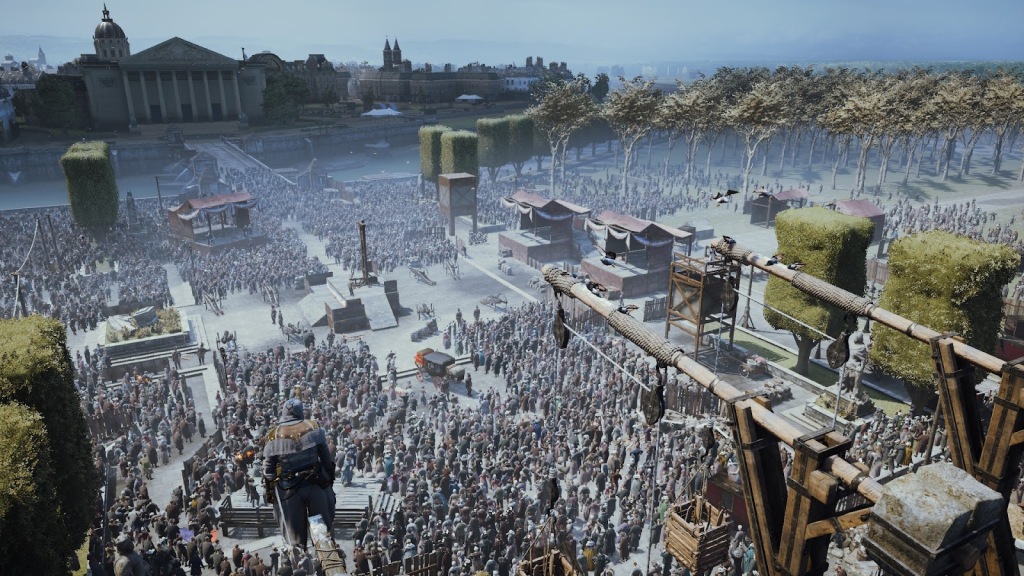Written by Nicolai Egeskov Brobak
To talk about a game that succeeds at doing what it sets out to do, let’s talk about Titanfall 2, the perfect Modern First Person Shooter. For the third session of the monthly play club we discussed the single player campaign of the FPS hit, Titanfall 2. Even the main campaign was exceptionally well received, and is worth the cost of the game alone according to the majority of the club, so let’s find out why so we can improve our own games!
Prior to this meeting, most of us had played at least the tutorial level of Titanfall 2, with others having put in more hours than deemed medically safe.
We discussed what makes Titanfall 2 good. We went over some things that may seem important to Titanfall 2’s success at a glance like;
- A simple story
- Likable characters (that are actually likable rather than grating)
- The good pacing thanks to alternating between pilot combat encounters, platforming challenges and titan combat.
Taking a closer, analytical look at the game itself, we discussed the mechanics that make playing Titanfall 2 an absolute joy to play. The centerpiece is undoubtedly the gratifying gunplay, enhanced by impeccable animations and a dynamic movement set for the pilot. The weapons, distinct and responsive, not only impact the virtual world but cater to diverse playstyles, offering solutions to specific in-game challenges.
Yet, Titanfall 2’s brilliance isn’t confined to isolated mechanics; it’s the seamless cohesion of gameplay elements that propels it to greatness. The combo of exhilarating movement and gunplay finds its match in intelligent level design, crafted to complement your character’s moveset while providing freedom to choose your playstyle – be it an audacious guns-blazing approach, elusive perpetual motion, or a methodical, cautious advance.
What elevates Titanfall 2 to the echelons of excellence is the narrative synergy with level design. The levels aren’t just visual spectacles; they are intricately woven into the overarching story. Consider “Into The Abyss” or “The Shortcut,” a level where you navigate a production line constructing simulated landscapes. The chaos of the arena is not just eye candy; it’s an intentional narrative choice, reflecting the emotional turmoil as you navigate combat encounters while separated from your trusty companion, BT. The narrative unfolds seamlessly, with the production line serving a purpose – a macabre playground for the wealthy Apex Predator Mercenary, Ash, testing weapons on war prisoners. This transforms what could be a run-of-the-mill shooter sequence into a gripping, cohesive experience that lingers in memory.
The takeaway from Titanfall 2 extends beyond its gameplay mechanics and level design prowess. It’s a testament to the importance of collaborative teamwork from the game’s inception. Programmers, artists, and designers need to forge a symbiotic relationship, and the integration of narrative elements, often overlooked, should be a priority from the project’s early stages. Titanfall 2 isn’t just a game; it’s a lesson in holistic game development that beckons us to strive for excellence in every facet of our craft.




Leave a comment